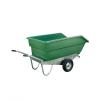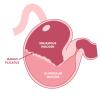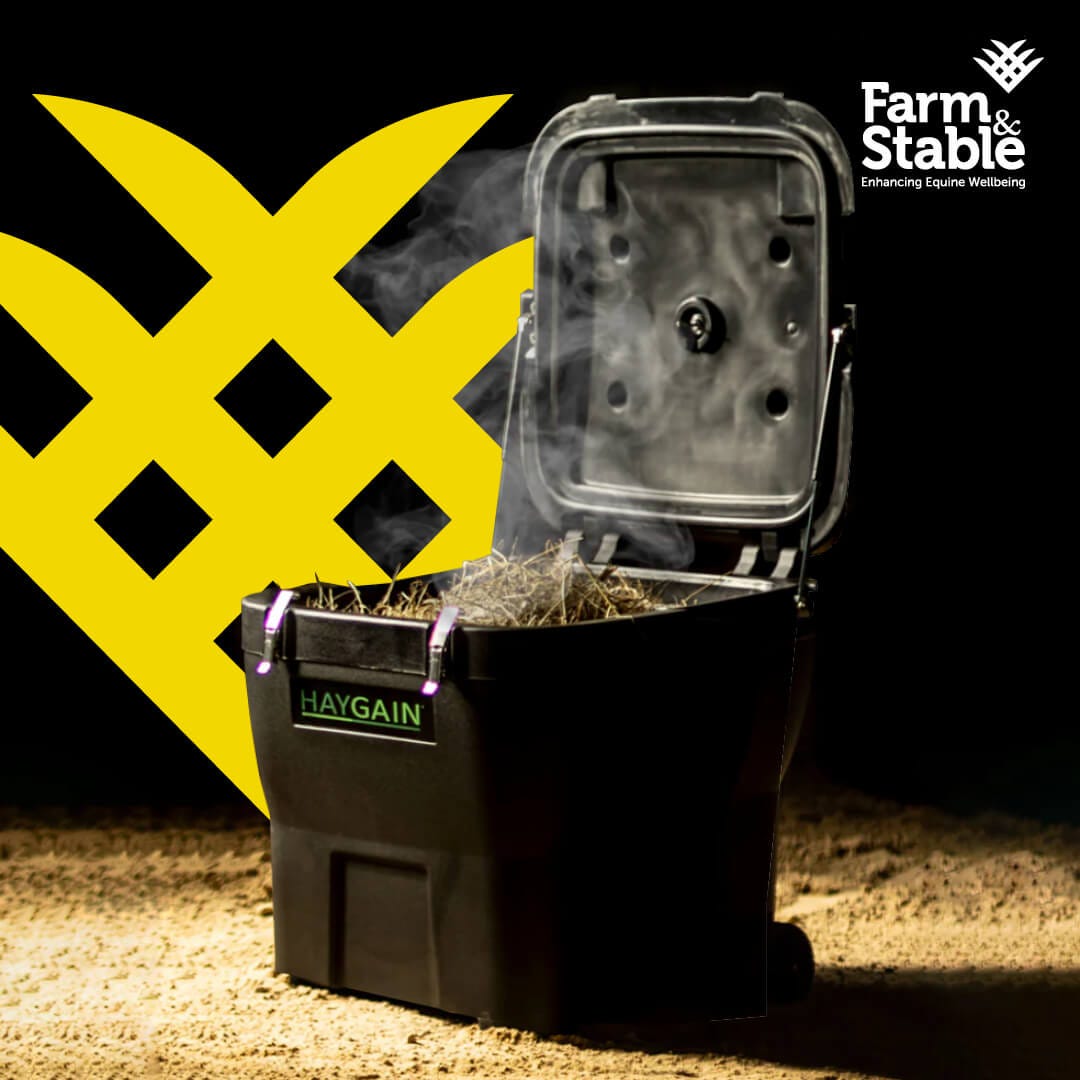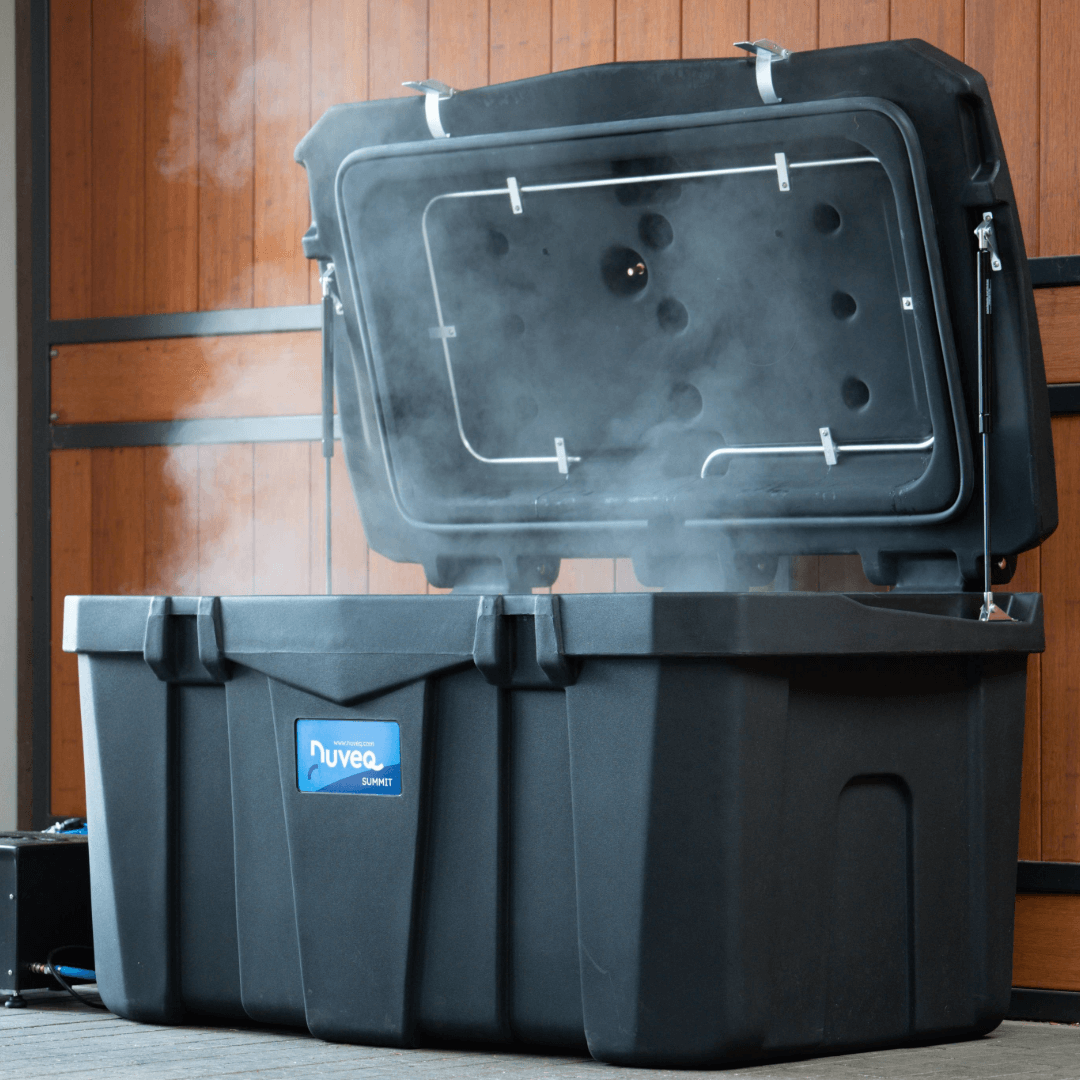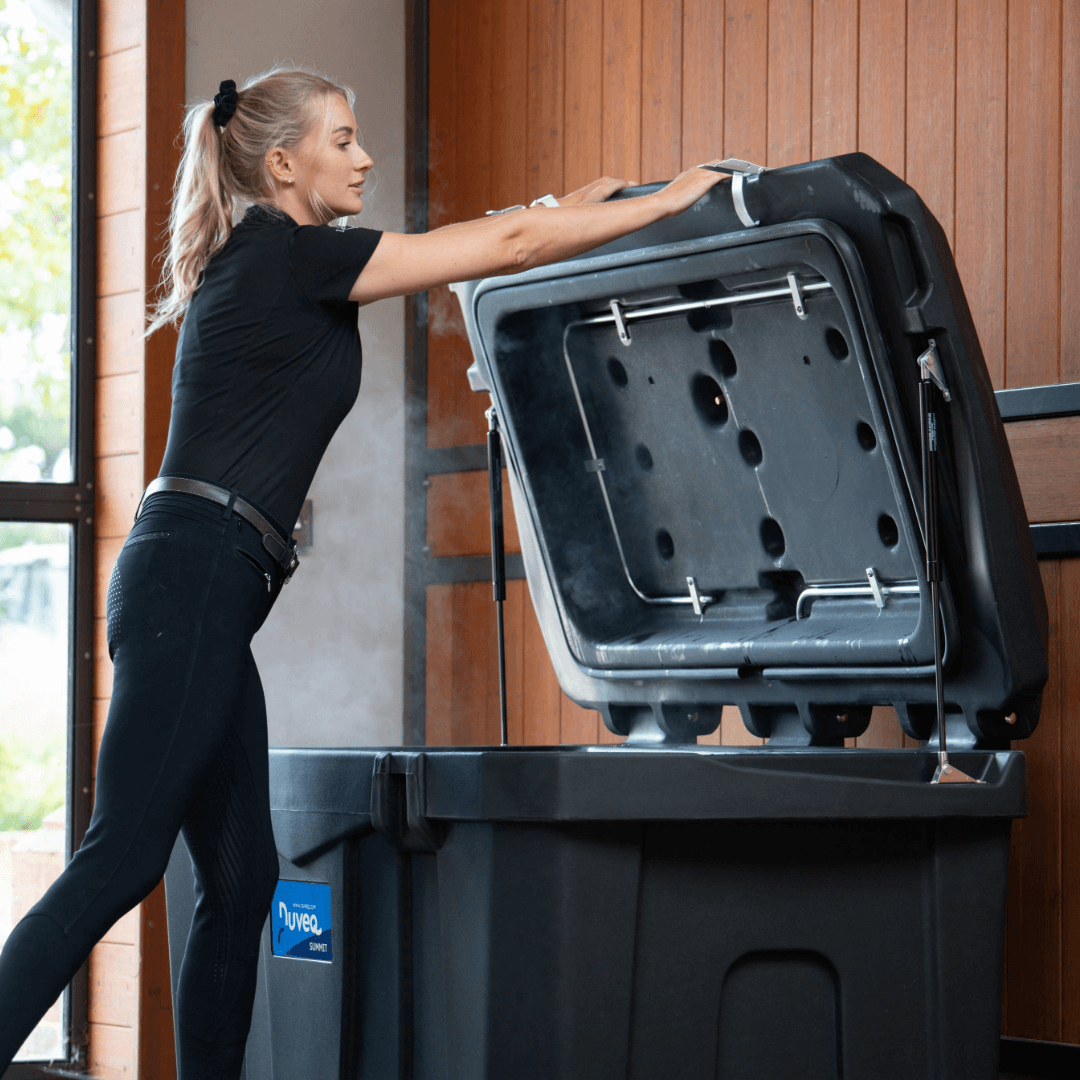Wound Care
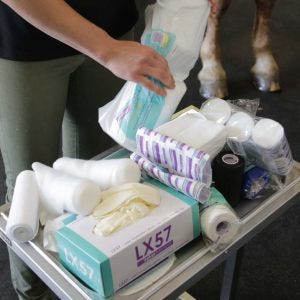
 Flesh wounds on horses are sadly all too common and are generally something every horse owner will have to deal with sometime in their ownership. It is important to know how to deal with them and how to recognise those that look basic but can hide a far more serious underlying problem.
Flesh wounds on horses are sadly all too common and are generally something every horse owner will have to deal with sometime in their ownership. It is important to know how to deal with them and how to recognise those that look basic but can hide a far more serious underlying problem.
Initial assessment
On finding a horse with a wound try to remain calm, this will help you make any sensible decisions needed.
If the horse is out in the field, bring into the yard or stable to avoid any debris contaminating the wound. If the horse is severely lame, remain where you have found the horse and call the vet immediately. Likewise, if the horse is distressed, in pain or acting out of nature request the assistance of a vet where sedation can be administered to make examining the horse easier and safer for all involved.
If there is excessive bleeding apply direct pressure with material, preferably gamgee (as it is highly absorbent but will not adhere to the wound) and hold in place with an elasticated bandage from the Vetrol range, until the vet arrives.
Types of wounds
There are 4 main types of wounds:
Puncture wounds
- on the surface these look small and simple and can easily be mistaken for a small cut, but these are very dangerous for the horse as there could be serious damage to bones, ligaments, joints and tendons beneath the skin surface. Infection risks are high as contamination is introduced deep into the wound. Left unattended the skin heals before the tissues below which increases the risk of infection. This type of wound requires veterinary attention and should be cleaned, flushed, encouraged to drain and remain un-sutured.
Incised (slicing) wounds
- these are normally nice clean wounds with a clean edge that can be repaired by a vet with suturing, stapling or gluing.
Lacerations
– this type of wound has rough edges, often without a clear entry point and may have caused underlying soft tissue damage and risk of infection. Wounds of this type may require removal of damaged tissue or foreign objects and will need to be seen by a vet
Abrasions
- these are suitable to be assessed and cared for by an owner. Generally, these are a minor wound that will require cleaning and can be treated topically with creams
10 wounds where you need to call the vet immediately
- Profuse bleeding from wound
- Deep wound
- Any Eye injuries -eyelid tears, pus in the eye, clouding of the eye, the horse holding the eye shut
- If the wound is near a joint or tendon sheath. Wounds that involve joints or tendon sheaths require surgery to flush the joint or sheath with fluids. If there is a clear, sticky discharge coming from the wound call your vet immediately; it could be synovial fluid from a joint or sheath. Lameness does not have to be present
- A punctured hoof sole - try and leave the foreign object imbedded if possible, or mark the point of entry for the vet’s assessment
- If your horse is lame
- If the horse has been kicked on a limb - there may be a fracture of the underlying bone.
- If any lameness worsens.
- If the wound isn’t healing or worsens.
- If 'proud flesh' appears within or around the healing wound.
TOP TIP - if you are in any doubt as to what type of wound your horse has call the vet immediately, quick action can save further complications, time and expense.
First Aid Kits
It is essential that all yards and horse owners have a complete first aid kit – and that all staff know exactly where it is. This kit should include a range of products to cover all types of wounds, plus clean scissors and tapes to make sure that wounds can be cleaned quickly.
Did you know that medical kits and bandages do have expiry dates – so make sure that your kit is in date and kept clean. If you’re uncertain as to what to put in your kit, then simply opt for an Equine First Aid Kit. At Farm & Stable we recommend the Vetrol First Aid kit as this contains a range of products to suit most injuries.
View our Wound Care range here.
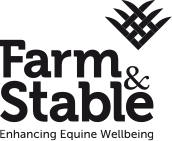

 Forgotten your password?
Forgotten your password?  Free Delivery on all orders over £95+VAT
Free Delivery on all orders over £95+VAT
